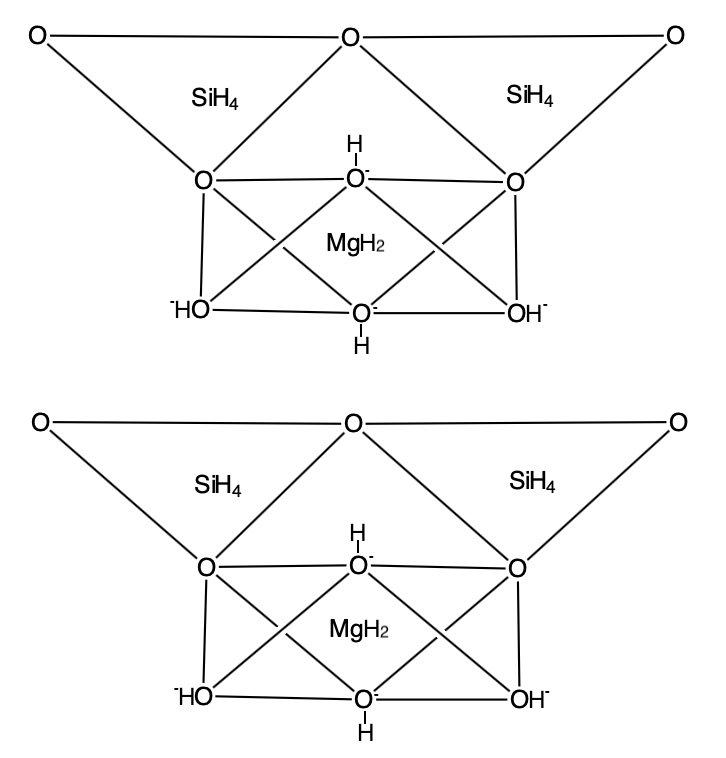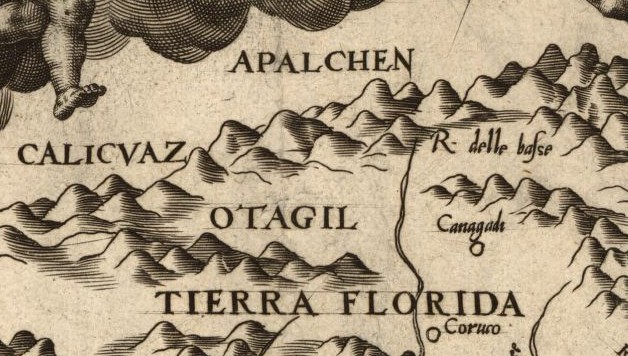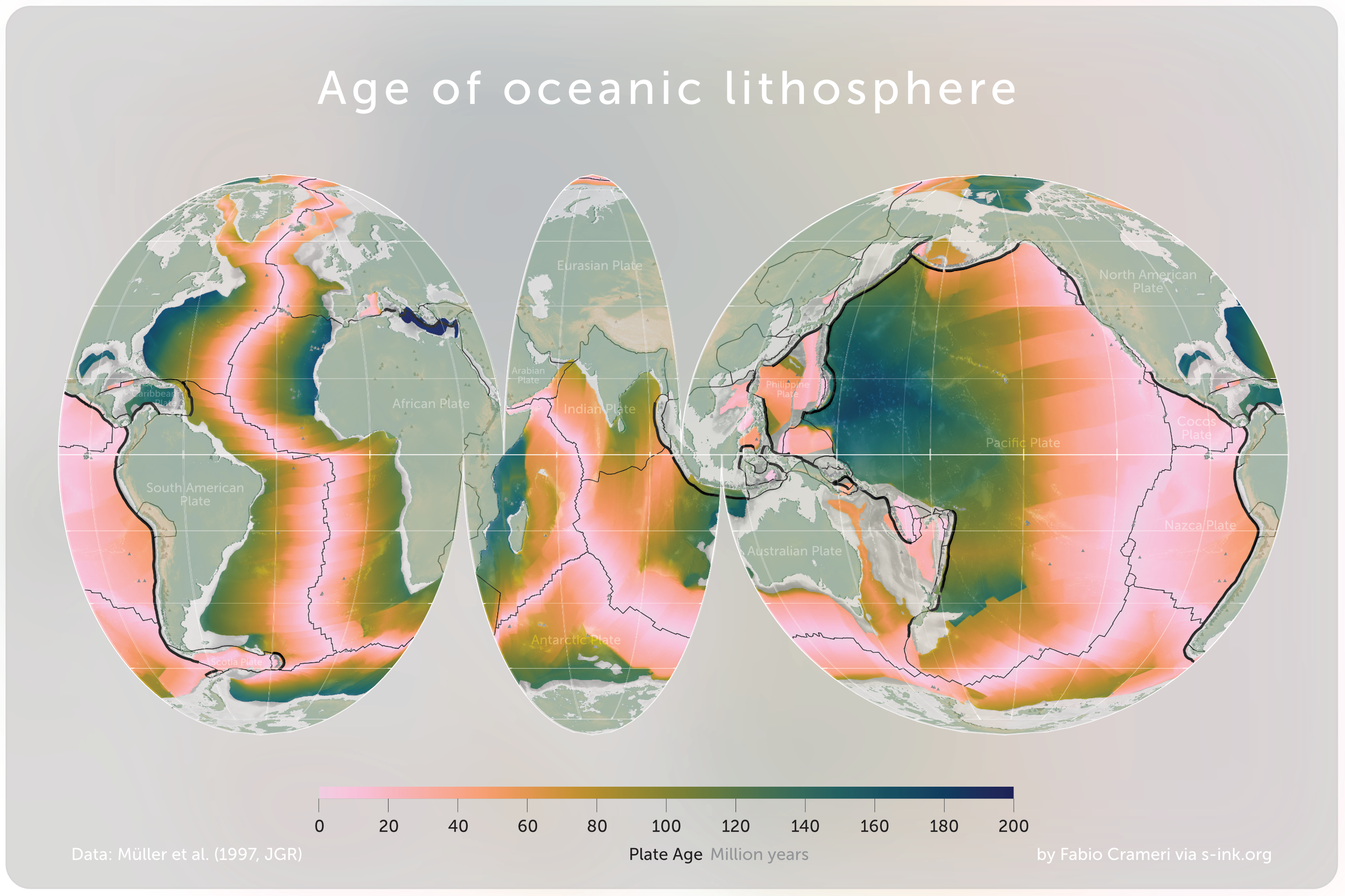|
Mount Albert (Quebec)
Mont Albert () is a mountain in the Chic-Choc Mountains, Chic-Choc range in the Gaspésie National Park in the Gaspé Peninsula of eastern Quebec, Canada. At , it is one of the highest mountains in southern Quebec, and is popular for hiking. Mount Albert was named in honour of Albert, Prince Consort, Prince Albert of Saxe-Coburg and Gotha, husband of Queen Victoria, because Alexander Murray (geologist), geologist Alexander Murray made the first recorded ascent of the mountain on the Prince's birthday, 26 Aug. 1845. Geography The summit of Mount Albert is a plateau across called ''La Table à Moïse'', or Moses's Table. It includes two summits, Albert North () and Albert South (). Each of the summits is situated at either side of the plateau. The principal component of Mont Albert is an unusual kind of bedrock called Serpentine group, serpentine; this originated as oceanic crust and was then uplifted during the Appalachian orogeny, formation of the Appalachian Mountains abo ... [...More Info...] [...Related Items...] OR: [Wikipedia] [Google] [Baidu] |
Quebec 1000 Meter Peaks
This list of Quebec's 1000-meter peaks is a list of the summits in Quebec higher than , used in the mountaineering sport of peak bagging. Ranked peaks have of Topographic prominence#Calculations and mathematics, clean prominence. (Includes map of peaks.) See also * Northeast 111 4000-footers ** New England Four-thousand footers ** Adirondack High Peaks, Adirondack Forty-sixers * New England Fifty Finest References {{reflist Lists of mountains by prominence Lists of mountains by isolation Lists of mountains by elevation, Quebec Lists of mountains of Canada, Quebec Mountains of Quebec, * Quebec geography-related lists, Peaks ... [...More Info...] [...Related Items...] OR: [Wikipedia] [Google] [Baidu] |
Serpentine Group
Serpentine subgroup (part of the kaolinite-serpentine group in the category of phyllosilicates) are greenish, brownish, or spotted minerals commonly found in serpentinite. They are used as a source of magnesium and asbestos, and as decorative stone. The name comes from the greenish color and smooth or scaly appearance from the Latin , meaning "snake-like". Serpentine subgroup is a set of common rock-forming hydrous magnesium iron phyllosilicate () minerals, resulting from the metamorphism of the minerals that are contained in mafic to ultramafic rocks. They may contain minor amounts of other elements including chromium, manganese, cobalt or nickel. In mineralogy and gemology, serpentine may refer to any of the 20 varieties belonging to the serpentine subgroup. Owing to admixture, these varieties are not always easy to individualize, and distinctions are not usually made. There are three important mineral polymorphs of serpentine: antigorite, lizardite and chrysotile. ... [...More Info...] [...Related Items...] OR: [Wikipedia] [Google] [Baidu] |
Landforms Of Gaspésie–Îles-de-la-Madeleine
A landform is a land feature on the solid surface of the Earth or other planetary body. They may be natural or may be anthropogenic (caused or influenced by human activity). Landforms together make up a given terrain, and their arrangement in the landscape is known as topography. Landforms include hills, mountains, canyons, and valleys, as well as shoreline features such as bays, peninsulas, and seas, including submerged features such as mid-ocean ridges, volcanoes, and the great oceanic basins. Physical characteristics Landforms are categorized by characteristic physical attributes such as elevation, slope, orientation, structure stratification, rock exposure, and soil type. Gross physical features or landforms include intuitive elements such as berms, cliffs, hills, mounds, peninsulas, ridges, rivers, valleys, volcanoes, and numerous other structural and size-scaled (e.g. ponds vs. lakes, hills vs. mountains) elements including various kinds of inland and oceanic waterbod ... [...More Info...] [...Related Items...] OR: [Wikipedia] [Google] [Baidu] |
Canadian Shield
The Canadian Shield ( ), also called the Laurentian Shield or the Laurentian Plateau, is a geologic shield, a large area of exposed Precambrian igneous and high-grade metamorphic rocks. It forms the North American Craton (or Laurentia), the ancient geologic core of the North American continent. Glaciation has left the area with only a thin layer of soil, through which exposures of igneous bedrock resulting from its long volcanic history are frequently visible. As a deep, common, joined bedrock region in eastern and central Canada, the shield stretches north from the Great Lakes to the Arctic Ocean, covering over half of Canada and most of Greenland; it also extends south into the northern reaches of the continental United States. Geographical extent The Canadian Shield is a physiographic division comprising four smaller physiographic provinces: the Laurentian Upland, Kazan Region, Davis and James. The shield extends into the United States as the Adirondack Mountains ( ... [...More Info...] [...Related Items...] OR: [Wikipedia] [Google] [Baidu] |
Côte-Nord
Côte-Nord (Region 09) (, ; ) is an List of regions of Quebec, administrative region of Quebec, on the Quebec-Labrador peninsula, Quebec-Labrador Peninsula, Canada. The region runs along the St. Lawrence River and then the Gulf of St. Lawrence, from Tadoussac to the limits of Labrador, leaning against the Saguenay–Lac-Saint-Jean to the west, the Côte-Nord penetrates deep into Nord-du-Québec, Northern Quebec. With the motto: ''Between nature and grandeur'', the Côte-Nord is made up of 99% public land, it is the second largest region after Nord-du-Québec, which occupies 51% of Quebec's territory. History The origins of the settlement of the Côte-Nord precede by a few millennia the population movements that began in the middle of the 19th century. Archaeology, Archaeologists tell us that the main prehistoric cultures, called "Archaic humans, archaic", were based on three sets of groups coming from the southwest, from as far away as the Great Lakes by the St. Lawrence Rive ... [...More Info...] [...Related Items...] OR: [Wikipedia] [Google] [Baidu] |
Disjunct Distribution
In biology, a taxon with a disjunct distribution is one that has two or more groups that are related but considerably separated from each other geographically. The causes are varied and might demonstrate either the expansion or contraction of a species' range. Range fragmentation Also called range fragmentation, disjunct distributions may be caused by changes in the environment, such as mountain building and continental drift or rising sea levels; it may also be due to an organism expanding its range into new areas, by such means as rafting, or other animals transporting an organism to a new location (plant seeds consumed by birds and animals can be moved to new locations during bird or animal migrations, and those seeds can be deposited in new locations in fecal matter). Other conditions that can produce disjunct distributions include: flooding, or changes in wind, stream, and current flows, plus others such as anthropogenic introduction of alien introduced species either accid ... [...More Info...] [...Related Items...] OR: [Wikipedia] [Google] [Baidu] |
Endemism
Endemism is the state of a species being found only in a single defined geographic location, such as an island, state, nation, country or other defined zone; organisms that are indigenous to a place are not endemic to it if they are also found elsewhere. For example, the Cape sugarbird is found exclusively in southwestern South Africa and is therefore said to be ''endemic'' to that particular part of the world. An endemic species can also be referred to as an ''endemism'' or, in scientific literature, as an ''endemite''. Similarly, many species found in the Western ghats of India are examples of endemism. Endemism is an important concept in conservation biology for measuring biodiversity in a particular place and evaluating the risk of extinction for species. Endemism is also of interest in evolutionary biology, because it provides clues about how changes in the environment cause species to undergo range shifts (potentially expanding their range into a larger area or b ... [...More Info...] [...Related Items...] OR: [Wikipedia] [Google] [Baidu] |
Tree Line
The tree line is the edge of a habitat at which trees are capable of growing and beyond which they are not. It is found at high elevations and high latitudes. Beyond the tree line, trees cannot tolerate the environmental conditions (usually low temperatures, extreme snowpack, or associated lack of available moisture). The tree line is sometimes distinguished from a lower timberline, which is the line below which trees form a forest with a closed Canopy (biology), canopy. At the tree line, tree growth is often sparse, stunted, and deformed by wind and cold. This is sometimes known as (German for "crooked wood"). The tree line often appears well-defined, but it can be a more gradual transition. Trees grow shorter and often at lower densities as they approach the tree line, above which they are unable to grow at all. Given a certain latitude, the tree line is approximately 300 to 1000 meters below the permanent snow line and roughly parallel to it. Causes Due to their vertical s ... [...More Info...] [...Related Items...] OR: [Wikipedia] [Google] [Baidu] |
Alpine Tundra
Alpine tundra is a type of natural region or biome that does not contain trees because it is at high elevation, with an associated harsh climate. As the latitude of a location approaches the poles, the threshold elevation for alpine tundra gets lower until it reaches sea level and merges with polar tundra. The high elevation causes an adverse climate, which is too cold and windy to support tree growth. Alpine tundra transitions to sub-alpine forests below the tree line; stunted forests occurring at the forest-tundra ecotone are known as '' krummholz''. With increasing elevation it ends at the snow line where snow and ice persist through summer. Alpine tundra occurs in mountains worldwide. The flora of the alpine tundra is characterized by dwarf shrubs close to the ground. The cold climate of the alpine tundra is caused by adiabatic cooling of air, and is similar to polar climate. Geography Alpine tundra occurs at high enough altitude at any latitude. Portions of montane ... [...More Info...] [...Related Items...] OR: [Wikipedia] [Google] [Baidu] |
Appalachian Mountains
The Appalachian Mountains, often called the Appalachians, are a mountain range in eastern to northeastern North America. The term "Appalachian" refers to several different regions associated with the mountain range, and its surrounding terrain. The general definition used is one followed by the United States Geological Survey and the Geological Survey of Canada to describe the respective countries' Physiographic region, physiographic regions. The U.S. uses the term Appalachian Highlands and Canada uses the term Appalachian Uplands; the Appalachian Mountains are not synonymous with the Appalachian Plateau, which is one of the provinces of the Appalachian Highlands. The Appalachian range runs from the Newfoundland (island), Island of Newfoundland in Canada, southwestward to Central Alabama in the United States; south of Newfoundland, it crosses the 96-square-mile (248.6 km2) archipelago of Saint Pierre and Miquelon, an overseas collectivity of France, meaning it is technica ... [...More Info...] [...Related Items...] OR: [Wikipedia] [Google] [Baidu] |
Appalachian Orogeny
Appalachian may refer to: * Appalachian Mountains, a major mountain range in eastern United States and Canada * Appalachian Trail, a hiking trail in the eastern United States * The people of Appalachia and their culture ** Appalachian Americans, ethnic group native to Appalachia ** Appalachian English, the variety of English native to Central and Southern Appalachia ** Appalachian music * Appalachian State University, in Boone, North Carolina See also * Appalachia (other) Appalachia is a socioeconomic region associated with the Appalachian Mountains in the eastern United States. Appalachia may also refer to: * Appalachian (other) * Appalachia (Mesozoic), a Mesozoic-era island * Appalachia, Virginia, a town ... * * Appellation (other) {{Disambiguation ... [...More Info...] [...Related Items...] OR: [Wikipedia] [Google] [Baidu] |
Oceanic Crust
Oceanic crust is the uppermost layer of the oceanic portion of the tectonic plates. It is composed of the upper oceanic crust, with pillow lavas and a dike complex, and the lower oceanic crust, composed of troctolite, gabbro and ultramafic cumulates. The crust lies above the rigid uppermost layer of the mantle. The crust and the rigid upper mantle layer together constitute oceanic lithosphere. Oceanic crust is primarily composed of mafic rocks, or sima, which is rich in iron and magnesium. It is thinner than continental crust, or sial, generally less than 10 kilometers thick; however, it is denser, having a mean density of about 3.0 grams per cubic centimeter as opposed to continental crust which has a density of about 2.7 grams per cubic centimeter. The crust uppermost is the result of the cooling of magma derived from mantle material below the plate. The magma is injected into the spreading center, which consists mainly of a partly solidified crystal mush derive ... [...More Info...] [...Related Items...] OR: [Wikipedia] [Google] [Baidu] |







